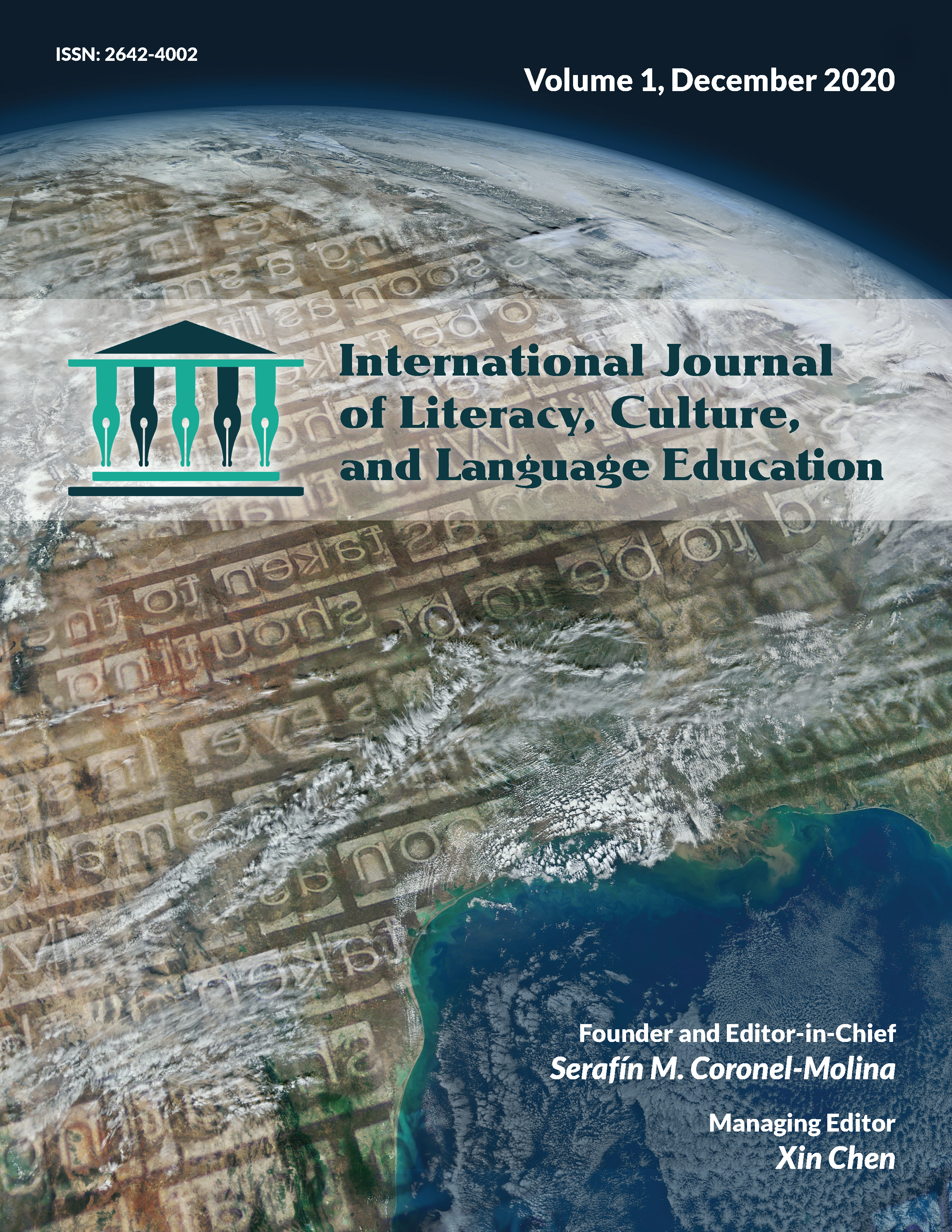Multimodality in Early Childhood Education
Main Article Content
Abstract
The purpose of this paper is to explore the uses of multimodality within early childhood education classrooms for the purposes of literacy education. Wohlwend (2008) urges educators to keep age-appropriate practices in place, even amid a shift in educational requirements and expectations. In this paper, the use of age-appropriate, multimodal practices for young learners is explored. Though there is not necessarily research specific to multimodality in early childhood, the literature shows that multimodality is present in forms of play; the use of toys, devices, and technology; drama; and social interactions. Through these modality-rich avenues, literacy development can still be achieved through engaging structures for children. Multimodality creates opportunities to position the student as the expert in their own learning and create collaborative learning environments. Potential issues with these uses of multimodality include conflicts around devices in the classroom and negative social interactions. Additional research is needed to connect the fields of multimodality and early childhood education.
Downloads
Article Details
The International Journal of Literacy, Culture, and Language Education (IJLCLE) (the “Publisher”) and the Author(s) agree as follows:
- Publication and Promotion: In consideration of the Publisher’s agreement to publish the Work, Author hereby grants and assigns to Publisher the non-exclusive right to print, publish, reproduce or distribute the Work throughout the world in all possible formats by any method now known or hereafter developed, including electronic and print formats, and to market or sell the Work or any part of it as Publisher sees fit. Author further grants Publisher the right to use the Author’s name in association with the Work in published form and in advertising and promotional materials.
- Copyright: Copyright of the Work remains in Author’s name.
- Prior Publication and Attribution: Author agrees not to publish the Work in print or electronic form prior to publication of the Work by the Publisher. Author agrees to cite, by author, title and publisher, the original International Journal of Literacy, Culture, and Language Education (IJLCLE) publication when publishing the Work elsewhere.
- Author Representations: The Author represents and warrants that the Work: (a) is the Author’s original Work and that Author has full power to enter into this Agreement; (b) does not infringe the copyright or property of another; (c) is accurate, and that any research or investigation conducted for the purpose of the Work abides by the guidelines and regulations of the Institutional Review Board and/or the Institutional Animal Care and Use Committee; (d) contains no material that obscene, libelous, defamatory or previously published, in who or in part, except when written permission for reprinting is provided from another publisher. Author is responsible for requesting and providing such permission to the Publisher. Author shall indemnify and hold Publisher harmless against loss of expenses arising from breach of any such warranties.
- Licensing and Reuse: Unless another option is selected below, reuse of the published Work will be governed by a Creative Commons Attribution – NonCommercial NonDerivative 4.0 International License (CC BY-NC-ND 4.0; http://creativecommons.org/licenses/by-nc-nd/4.0). This license lets other use contents of the Work without revision, although new works must acknowledge the original International Journal of Literacy, Culture, and Language Education (IJLCLE) publication and be non-commercial; they do not have to be licensed on the same terms.
